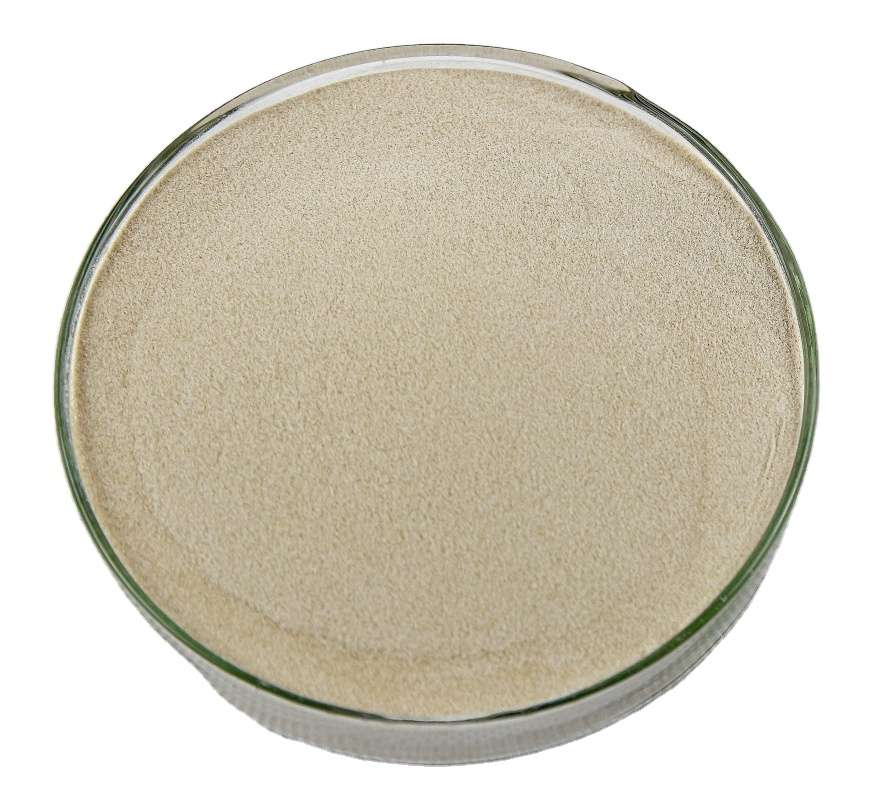Determination of molecular weight of chitosan
Release:2023.04.21Determination of molecular weight of chitosan

According to Chinese standards, the commonly used methods for determining the molecular weight of chitosan are light scattering, viscosity, end group analysis and gel permeation chromatography.
Firstly, Light Scattering Method (LLS)
Light scattering method is an important method for determining the absolute molecular weight of polymers, and the measurement principle is mainly based on the Butcher effect of light in polymer solutions. This method can determine the molecular weight range of polymers in a wider range than other methods, with literature reports ranging from 104-107KDa. Kasaai et al. measured the relative weight average molecular weight MW of chitosan samples using 0.25mol/L HAc-NaAc solution as the chitosan solvent. In practical applications, the expensive price of the instrument greatly limits its application range.
Second, gel permeation chromatography
Gel permeation chromatography, such as HPLC, is generally used in the laboratory. This method can not only give the molecular weight value, but also provide the distribution of molecular weight. However, the molecular weight given by it is a relative value, and accurate results can be obtained only after the column system is calibrated with a standard. The commonly used standards are dextran, amylopectin, etc.
Thirdly, the terminal group method
The end group method is a commonly used method for determining the average molecular weight of low molecular weight chitosan. The principle is mainly that the semi acetal group at the end of the chitosan molecular chain reacts with the chromogenic agent potassium ferrocyanide to produce colorless potassium ferrocyanide. The decrease in absorbance at a specific wavelength is proportional to the concentration of chitosan. When using the end group method to determine molecular weight, reference substances with similar structures to the sample to be tested are used, which can make them more similar in chemical properties.
Fourth, viscosity method
The intrinsic viscosity method is a common method to determine the relative molecular weight of chitosan, that is, by measuring the intrinsic viscosity of samples under certain conditions (such as temperature, buffer solution, ionic strength, etc.) η To calculate the relative molecular weight.



